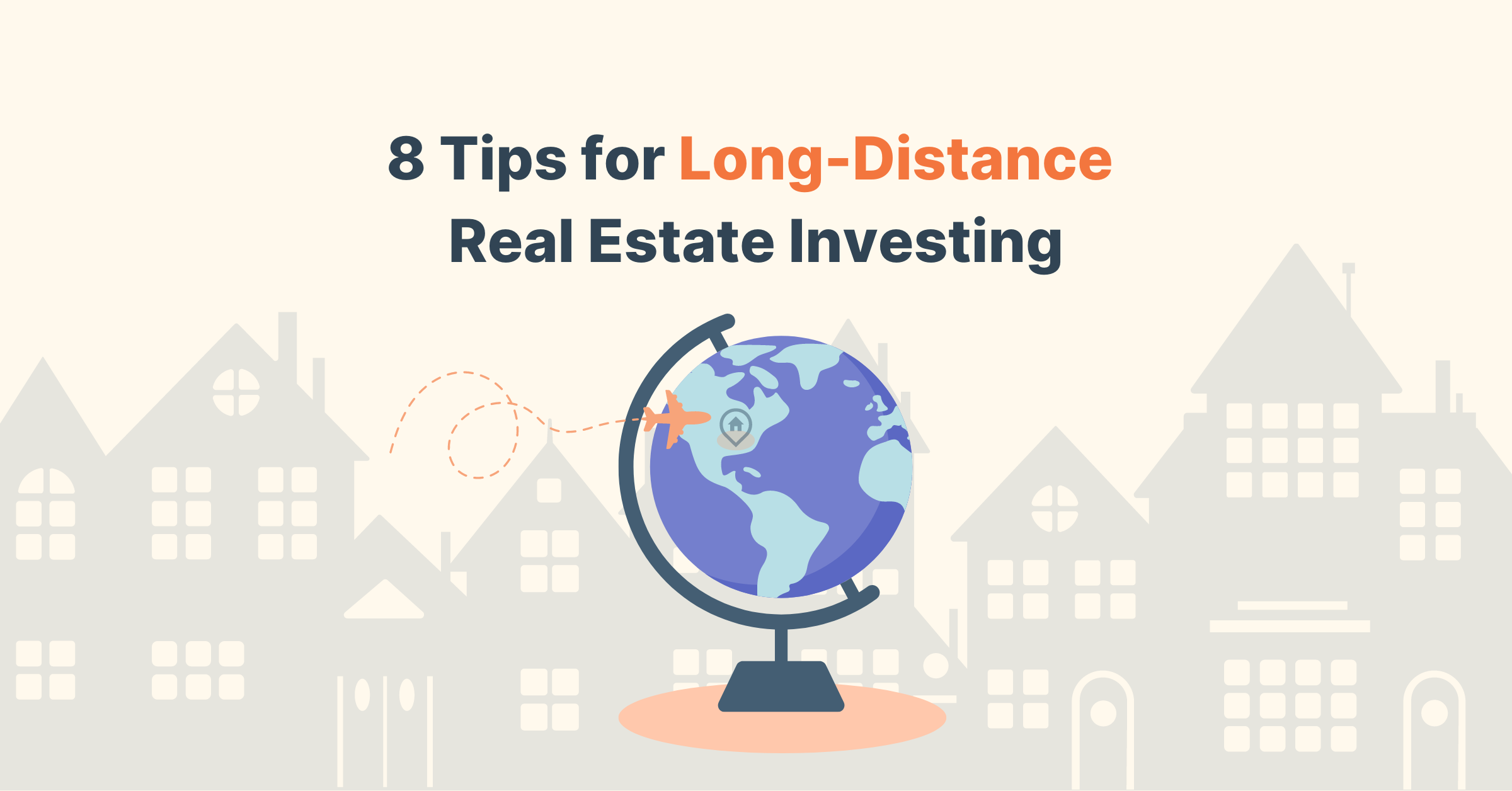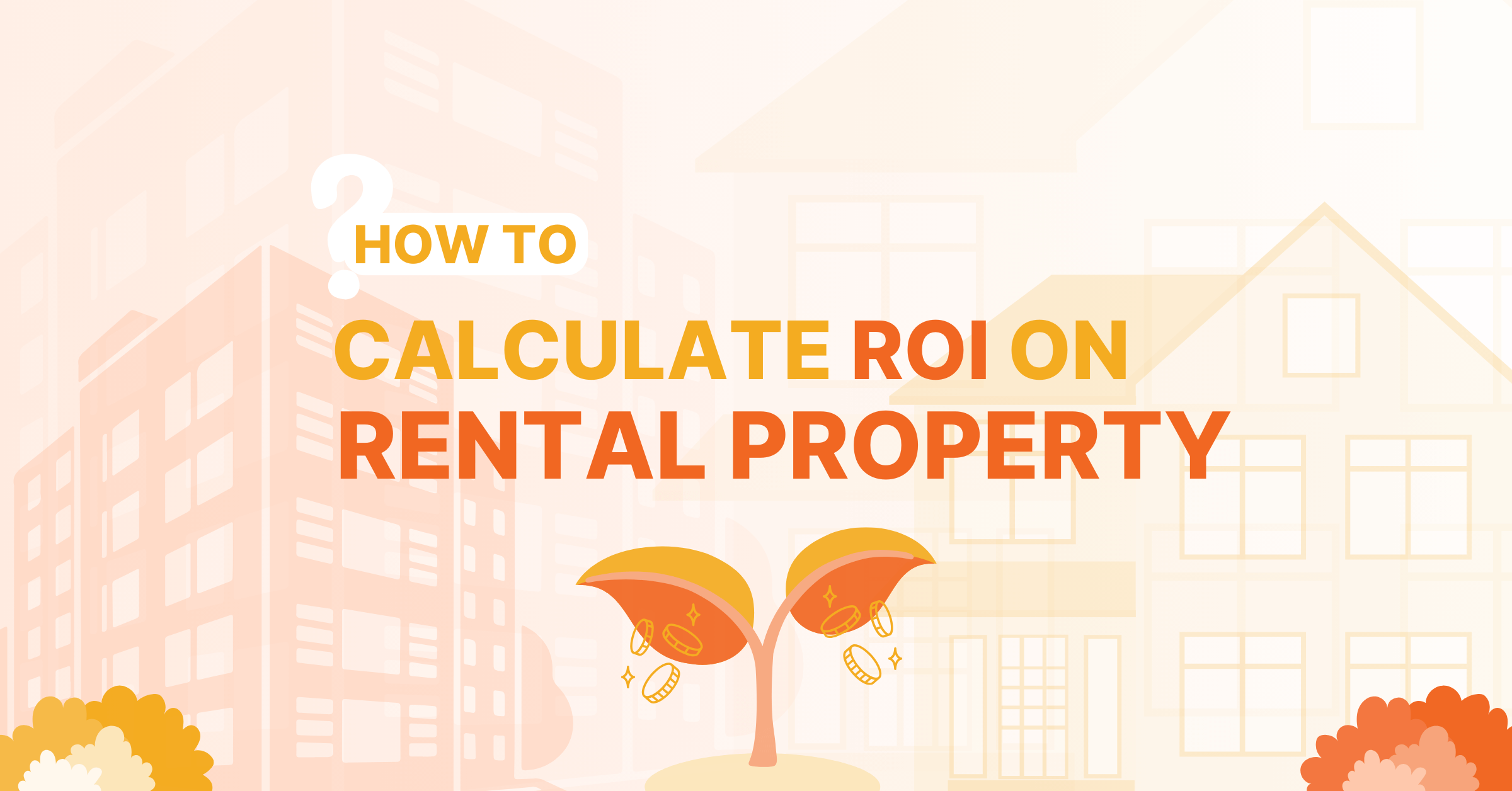Disclaimer: PropStream does not offer investing advice and/or profit promises. This article is for educational purposes only. We recommend doing your due diligence and/or consulting financial professionals before investing in single or multi-family property.
|
Key Takeaways:
|
As a real estate investor, one of the first decisions you must make is what type of property to buy. Between residential and commercial real estate, there’s a range of options: vacation homes, offices, apartment buildings, industrial factories, etc.
On the residential side, however, a key choice is whether to buy single-family or multi-family homes. In this article, we’ll dive into the differences between the two and detail their pros and cons.
Table of Contents |
What Are Single-Family vs. Multifamily Properties?
Single-family homes are standalone residential properties with one living unit, while multi-family properties consist of multiple living units within one building.
Both property types can be used as rentals to generate income for their owners. With multi-family properties, this is nearly always the case, while single-family homes are often owned by owner-occupants who use them as their primary residence.
That said, a growing share of single-family homes are being purchased by investors. In December 2023, that share exceeded 25%.
Nationwide, there were about 128.5 million total housing units in 2021, of which 89.9 million were single-family homes and 31.8 million were multifamily units.
It’s also worth noting that multifamily buildings can be further categorized into small and large multifamily. Small multifamily refers to buildings with 2-4 units (i.e., duplexes, triplexes, and fourplexes), and large multifamily refers to buildings with 5 or more units and are often considered commercial real estate.
| Note: Commercial properties tend to have stricter financing requirements than residential real estate and are generally valued based on their net operating income (NOI) and local cap rates as opposed to comps. |
Now that you know the difference between single and multifamily real estate, let’s explore the benefits and drawbacks of each property type.
Pros of Single-Family Properties
-1.png?width=1252&height=834&name=screenshot%20avm%202%20(17)-1.png)
Lower upfront cost. By virtue of having only one living unit, single-family homes tend to be smaller and less expensive than multifamily properties. This can make them a great option for first-time investors with limited capital.
Easier to finance. Single-family homes are often easier to finance (at least compared to large multifamily properties) because they can qualify for residential loans, which tend to have lower interest rates and longer loan terms than commercial loans.
Easier to manage. With only one tenant and one set of utilities (e.g. water heaters, electrical boxes, etc.), managing single-family homes can be easier. Instead of responding to maintenance requests from multiple tenants, you only need to worry about one.
Less turnover. Single-family rentals tend to attract stickier tenants. For example, many are families who want to keep their kids in the same schools and are more likely to stick around as a result.
More liquid. Because there is a larger pool of buyers for single-family homes (in 2023, there were over 86 million owner-occupied homes), they can be easier to sell. Fewer people are interested in buying multifamily buildings by comparison.
Cons of Single-Family Properties
Higher cost per unit. While single-family homes may cost less than a multifamily building on average, they tend to cost more per unit. For example, a $300,000 single-family property is half the price of a $600,000 fourplex, but it costs twice as much per unit ($300,000 vs. $600,000/4 or $150,000).
Higher vacancy toll. When a multifamily owner loses a tenant, their rental income dips, but their other tenants keep it from falling to zero. In contrast, when a single-family rental owner loses a tenant, they lose all the income from that property (while still being on the hook for its mortgage, utilities, etc.).
Slower portfolio growth. Single-family homes’ higher cost per unit can make it harder to scale your investment portfolio. Instead of acquiring multiple units at once (as with multifamily), you must add one at a time.
Pros of Multifamily Properties
-1.png?width=1252&height=834&name=screenshot%20avm%202%20(18)-1.png)
Lower cost per unit. Multifamily properties tend to cost less per unit because they spread more apartments across a single building. This can make it easier to scale your portfolio relatively quickly.
More opportunities to increase rent. Since multifamily properties tend to experience more turnover due to a more transient tenant base, they also offer more opportunities to increase rent. Every time a tenant moves out, you can adjust rent to market rates.
More stable cash flow. Multifamily rental income is spread across multiple tenants. This leads to a more stable cash flow and less exposure to vacancy loss. If you lose one tenant, you still have others paying rent.
Easier to force appreciation. Unlike single-family homes, large multifamily properties are valued based on net operating income (NOI). As a result, owners can manually increase their value by raising NOI (e.g., by lowering operating costs), giving them more control over their investment.
Economies of scale. By spreading their management, acquisition, and maintenance costs over multiple units, multifamily owners can benefit from economies of scale. For example, they can acquire dozens of units with one transaction and hire one property manager to oversee them, helping them scale their portfolio faster.
Recession resistant. In an economic downturn (especially a housing crisis like 2008), many are forced to sell their homes and rent instead. As a result, multifamily rentals tend to do well in recessions.
Cons of Multifamily Properties
Higher barrier to entry. While multifamily properties can cost less per unit, they still require buying multiple units at once. This higher upfront cost can make it harder to break into multifamily real estate.
Stricter financing requirements. At least for multifamily buildings with five or more units, financing can be more challenging. This is because it requires getting a commercial (as opposed to a residential) loan, which tends to have higher interest rates and down payment requirements.
Harder to manage. Compared to single-family homes, managing multifamily rentals requires more time and money due to the increased number of units, tenants, and common areas. Even if you outsource the work, property managers in the U.S. charge an average of 8-12% per unit.
Less liquid. The buyer pool for multifamily properties is much smaller than that for single-family homes. Consequently, selling a multifamily property can be more challenging. Furthermore, if your property is subject to rent control laws, that can deter potential investors and make it even harder to sell.
Choosing Between Single-Family and Multifamily Real Estate
Ultimately, the right choice between single and multifamily real estate depends on your unique circumstances and goals. And don’t forget, you can always invest in both property types for a diversified approach.
However, if you’re still on the fence about which property type to pursue, consider the following questions:
- How quickly do you want to scale your portfolio?
- How liquid do you want your real estate portfolio to be?
- How much do you prioritize stable cash flow?
- How much property management do you want to handle?
These (and other similar) questions can help guide you to the right decision.
Use PropStream to Find Single-Family and Multifamily Leads
Whatever property type you choose to pursue, PropStream can help. Our database of over 155 million properties nationwide lets you filter search results by property type, property classification, ownership information, and much more.
Try PropStream for 7 Days Free
Sign up for a free 7-day trial today and get 50 leads on us!
Frequently Asked Questions (FAQs)
What is the main difference between single-family and multifamily properties?
Single-family properties have one living unit for one household, while multifamily properties have multiple living units for multiple households.
Which property type is better for beginner investors: single-family or multifamily?
While you can break into real estate with either property type, a single-family rental tends to have a lower barrier to entry because it usually costs less upfront.
Are multifamily properties more profitable than single-family homes?
Sometimes. Because rental income is spread across multiple tenants, owners are less impacted by vacancies. Furthermore, the high turnover rate makes it easier for owners to keep rent at market rates. However, single-family rentals benefit from more liquidity, easier management, and accessible financing. Ultimately, profitability will vary by deal.
Can I live in one unit of a multifamily property and rent out the others?
If local zoning laws allow it, then absolutely! This is called house hacking and can be a great way to break into real estate by capitalizing on the full value of your primary residence.
Is it easier to sell a single-family home or a multifamily property?
Typically, single-family homes are easier to sell than multifamily properties because they have a larger buyer pool. More Americans are interested in buying a single-family home than a multifamily property.
Subscribe to PropStream's Newsletter


